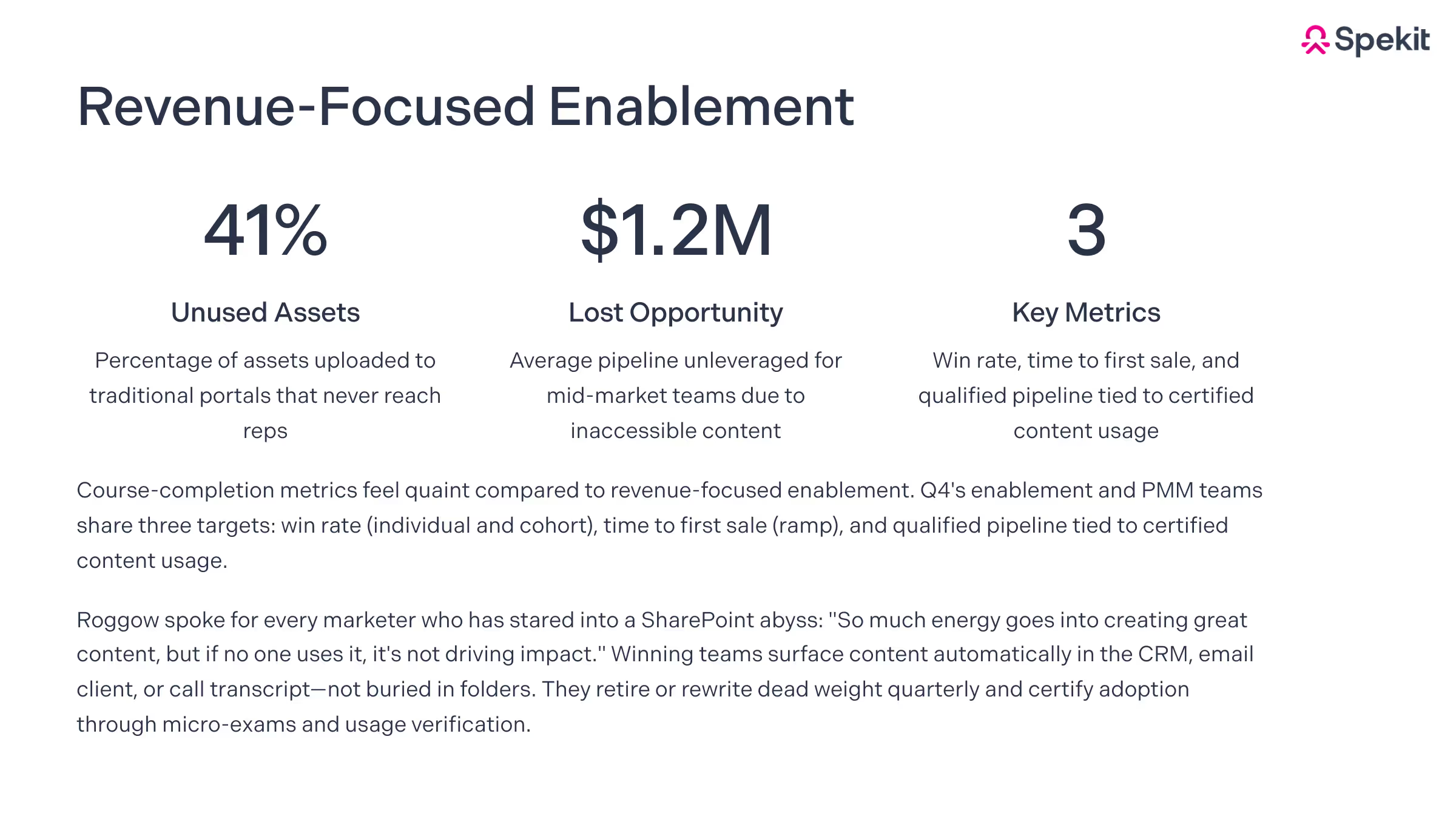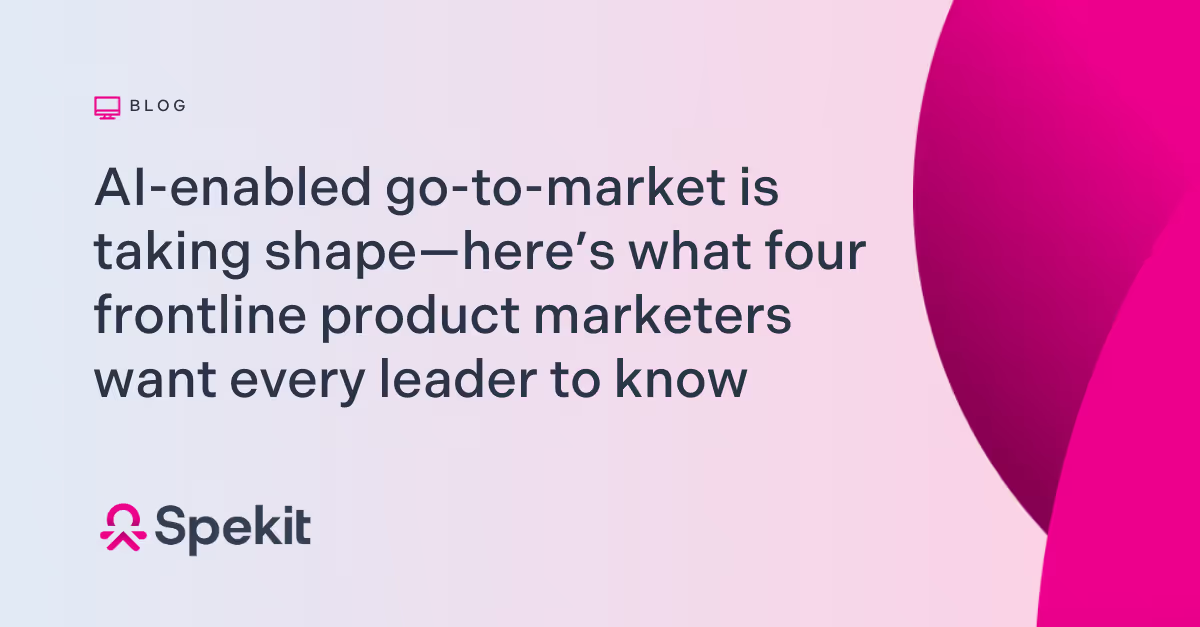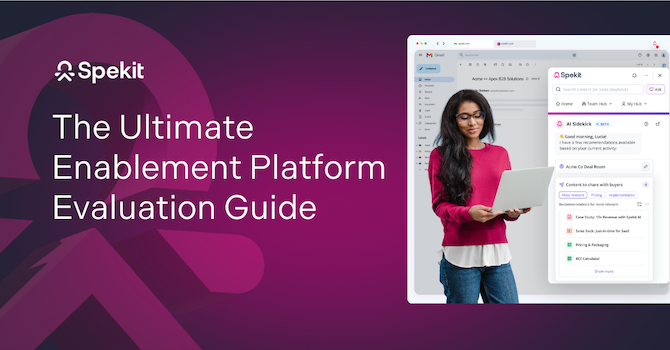A market that rewards clarity, not caution
Wall Street still jitters at every interest-rate whisper. Boards keep tightening spend. Yet the velocity of artificial intelligence keeps rising, compressing product cycles and amplifying buyer expectations. If you own revenue or brand, you feel the paradox: slash the budget in Q2 while also funding tools the CFO has never touched.
Moments like this reward executives who play long games—think Amazon’s early “losses on purpose” era or Priceline’s quiet pivot to hotel inventory. Betting on durable advantage, not quarterly optics, turned short-term skeptics into long-term believers.
To separate fad from foundational, I listened to an AMA-style roundtable featuring four practitioners who sit where strategy meets quota every day:
- , VP, Product Marketing & Enablement at Q4
- , Product Marketing Manager at Introhive
- , Head of Product & Solutions Marketing at InMoment
- , Product Marketing at şÚÁĎłÔąĎÍř
Moderated by , their conversation ranged from release fatigue to the ethics of ChatGPT-drafted RFPs. Below are nine lessons, tempered by fresh research, framed in business cases, and written for CMOs, founders, and revenue leaders steering through uncertainty.
1. Continuous launches demand continuous readiness
Shipping twice a year is nostalgia. Most SaaS teams now push code weekly. The panel’s playbook:
- Tier every release. Q4 classifies launches from Tier 1 (board-level bets) to Tier 4 (minor UX tweaks). Each tier has a checklist, owner, and SLA, managed in Asana and surfaced to sellers inside şÚÁĎłÔąĎÍř. “We start with a documented plan everyone signs off on, then digitize it so nothing slips,” Allen said.
- Bundle the small stuff. Group several Tier 3 fixes into one email so reps focus on Tier 1 stories that actually move pipeline.
- Protect enablement cycles. Allen’s enablement team spends most of its week on revenue skills (discovery, MEDDIC, expansion) while PMM owns technical education.
2. AI is co-pilot, not autopilot
Every panelist leans on GenAI for call summaries, data cleansing, first-draft copy, and locating legacy assets. Yet each stressed a constant: human judgment.
“AI can surface data and even scare reps with performance metrics, but it can’t drive the human connection that changes behavior,” Middleton noted.
Allen framed the gap succinctly: “AI may spit out a plan; someone still has to build the relationship and see it through.”
Their guardrails:
- Synthesize, then decide. AI highlights pattern gaps; humans choose which gap makes money.
- Validate every draft. Q4 routes AI-generated sequences through content editors biweekly.
- Anchor empathy. Roggow reminded the group that enterprise buyers “still largely want to buy from other people.”
Trust concerns echo the data: about half of employees worry about AI inaccuracy or security risk, says .
3. Revenue—not seat time—is the enablement scoreboard
Course-completion metrics feel quaint. Q4’s enablement and PMM teams share three targets:
- Win rate (individual and cohort)
- Time to first sale (ramp)
- Qualified pipeline tied to certified content usage

4. Content you can’t find can’t sell
Roggow spoke for every marketer who has stared into a SharePoint abyss: “So much energy goes into creating great content, but if no one uses it, it’s not driving impact.”
A Sales Enablement Collective study with şÚÁĎłÔąĎÍř shows 41 % of assets uploaded to traditional portals never reach reps, leaving an average of $1.2 million in pipeline unleveraged for mid-market teams .
Winning teams:
- Automatically surface content in the CRM, email client, or call transcript—not buried in folders.
- Retire or rewrite dead weight quarterly.
- Certify adoption; Q4 runs micro-exams in şÚÁĎłÔąĎÍř and verifies usage through Gong keywords.
5. Expansion revenue loves AI-driven gap analysis
Allen feeds customer-by-product matrices into a GPT agent, lets it flag white space, then sizes the total addressable upsell market, before lunch. The analysis directs reps to cross-sell plays most likely to close.
McKinsey finds B2B units deploying GenAI for upsell scenarios see revenue gains comparable to launching new segments, yet without acquisition cost .
6. Collaboration is a workflow, not a meeting invite
“Analytics don’t always tell the full story, so I hustle—Slack, quick calls, in-flight feedback,” Fatoric said. The culture he described blends dashboards with human context:
- Single pane of glass. Asana or ClickUp tracks deadlines; şÚÁĎłÔąĎÍř stores the narrative, talk tracks, and collateral.
- Biweekly feedback loops. PMM audits BDR sequences; enablement audits PMM asset gaps.
- Quote-level evidence. If a new deck shortens stage 2-to-3 by 10 %, that proof travels back to marketing within days.

7. Differentiating AI features means getting specific—fast
Middleton’s rule of three for copy:
- State the outcome in dollars saved or minutes freed.
- Peel back one “how” without exposing the IP.
- Pivot instantly to social proof—quote, usage stat, or NRR lift.
Speed matters because AI summaries are eating clicks. Bain & Co. reports 80 % of users now resolve 40 % of searches without leaving the results page . Brands that linger at “AI-powered” fade from generative answer boxes; brands that translate capability into micro-stories get front-row placement.
8. The human moat endures
Despite dashboards and algorithms, every speaker returned to a belief that relationships close deals.
- Roggow: “AI can’t replace genuine connection or strategic thinking.”
- Fatoric: “Relationships are one of the most valuable yet least measured assets in business.”
9. Generational AI fluency changes the buyer map
Allen sees senior finance contacts relying on Bloomberg’s AI summaries yet avoiding standalone GPT tools, while younger managers use ChatGPT daily for competitive teardowns. Segmentation by buyer fluency, not just firmographics, is becoming mandatory.
The playbook for the change economy
Brand equity is built over years, not quarters. It compounds only when every launch, every enablement touch, and every AI workflow ladders up to a clearer promise for the buyer. The companies thriving today:
- Systematize readiness so sellers stay current while the product changes weekly.
- Treat AI as augmentation—speed with synthesis—never as substitution.
- Measure enablement by revenue, not by seat time.
- Instrument discovery so the right asset surfaces when objections spike.
- Invest in relationships because AI still cannot shake a hand on renewal day.
When the next downturn hits, as it inevitably will, these habits form a moat. Amazon’s “loss years” funded Prime. Priceline’s pivot funded Booking Holdings. Today’s disciplined AI-enabled go-to-market motions will fund tomorrow’s compounding advantage.
As Allen put it, turning certification into closed-won is “a force multiplier,” and that force is human-led.
Above all, people buy from brands they trust. Make every AI-assisted interaction, pitch deck, chatbot answer, follow-up email, an extension of that trust, and you won’t just weather uncertainty; you’ll convert it into equity that pays dividends long after this hype cycle cools.







